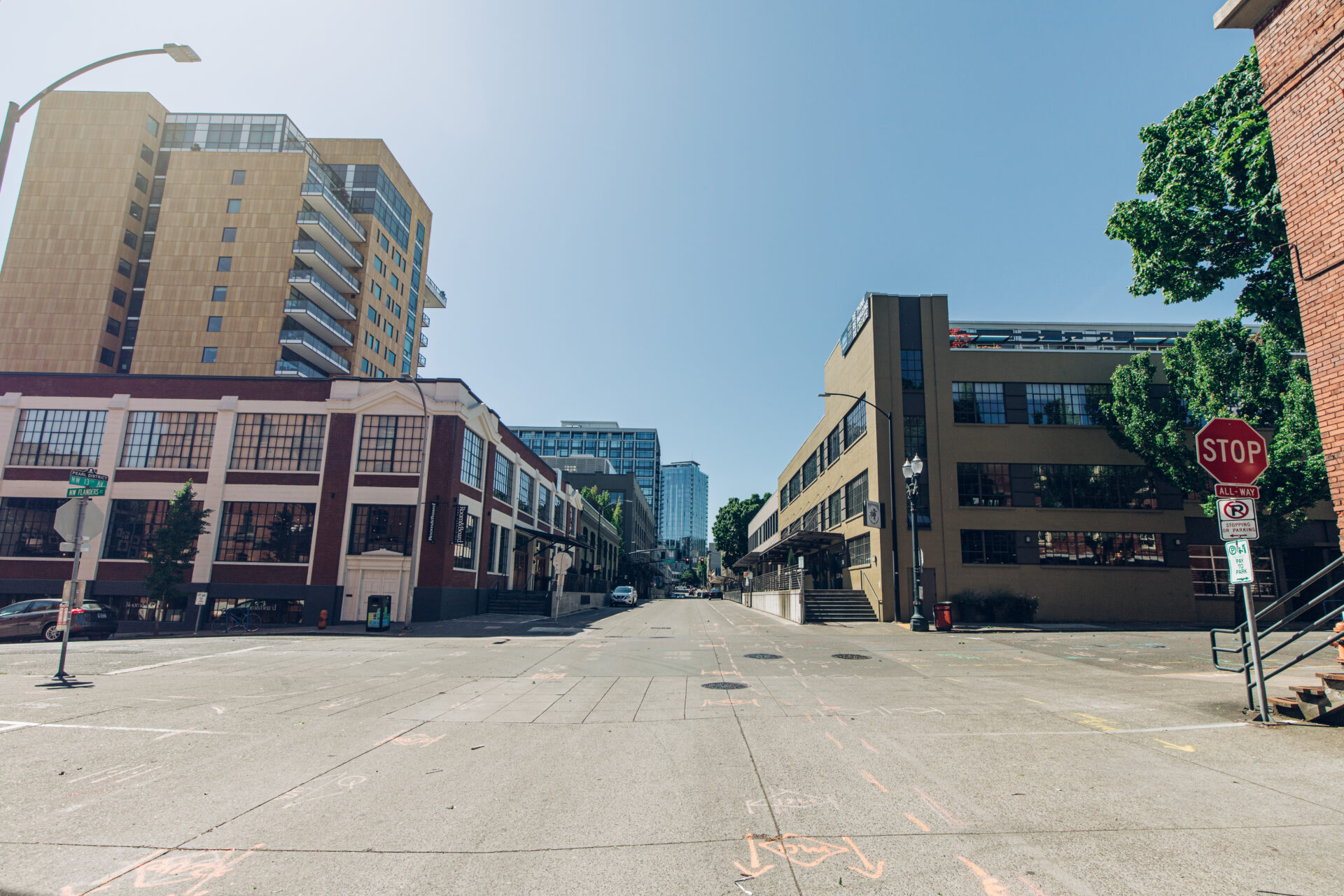Recently, Portland accounting firm Perkins & Co hosted a virtual discussion about the state of the local commercial real estate market and what the future holds. Peter Andrews, Executive Vice President of Melvin Mark Brokerage Company, was the moderator and was joined by Michi Slick, Director of Development at Killian Pacific, Patrick Gilligan, Executive Vice President of Lincoln Properties, and Jerry Matson, Executive Vice President of Colliers International.
Watch the discussion below or on their website to hear thoughts and insights from these local real estate professionals:
The past year brought on some unique challenges for the commercial real estate industry. While owners and landlords adapted to shifts in property pricing, availability, and overall demand, tenants adapted to work-from-home business models and flexible schedules. But despite the year’s setbacks, many companies aren’t changing their workplace footprint and activity has been on the rise.
“What’s been interesting for me to watch is how during this downturn we’ve seen the capital markets stay intact,” says Slick. “There’s still an appetite to invest.”
Many investors have been targeting multifamily and industrial properties in Portland suburbs and a boom in the e-commerce business has largely been the reason. From 2010-2018, online sales grew steadily by about 0.5% each year. In just 2020, however, that number jumped 6% and e-commerce companies were forced to expand their warehouse space. One example is Amazon, which saw a significant increase in online sales and moved into 100 million SF of industrial property in 2020.
“For every 1% of sales that goes from a brick-and-mortar model to an e-commerce model, 37 million more square feet of industrial space is needed,” says Matson.
While the industrial sector has seen an uptick in activity, there is still plenty of opportunity among office and retail, particularly for newly emerging startups. Portland’s population continues to grow by around 1% every year and the city remains one of the top 10 best places to live in the U.S. in 2020-2021, according to U.S. News & World Report.
“There’s a lot of really good infrastructure in place in our core that I think is better than a lot of other big cities,” says Gilligan. “I think that’s what’s really going to help us rebound. We have a great density, a great balance… and great cultural amenities.”

